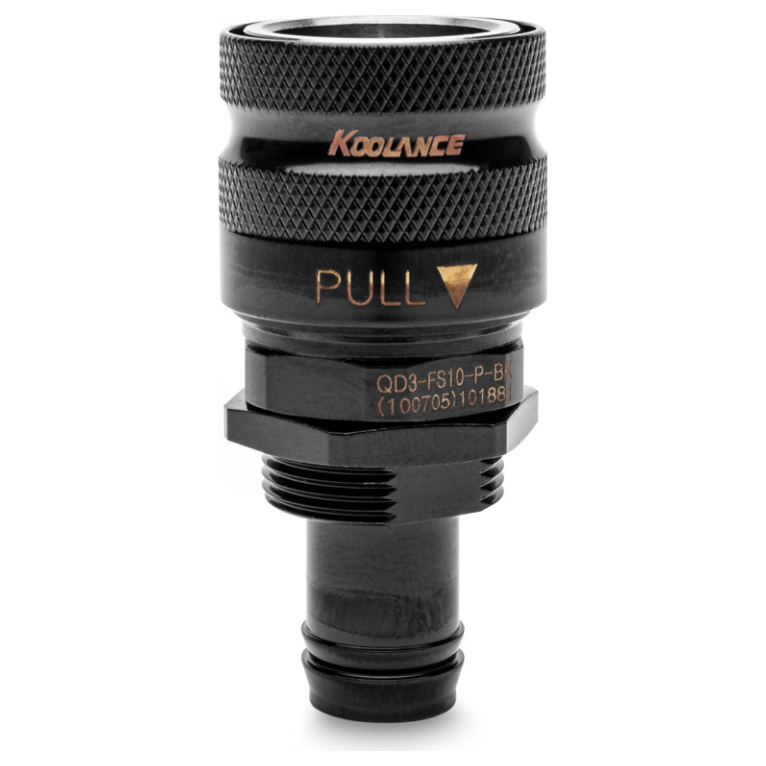

Due to the aforementioned restrictions, testing multiple devices would require you to run "Stress My GPU" on multiple browsers, each of them using a different GPU (or CPU).

So while the stress test can indeed max out your GPU's processing utilization, it has limited ability in pushing every single part of your GPU to its maximum limit all throughout the stress test. Since "Stress My GPU" is web-based, it's restricted to what the browser you're using thinks is OK for a regular website to do. Does the stress test have any limitations? GPU-based cryptocurrency mining) between different devices. Since the benchmark measures your GPU's or CPU's ability to do highly parallelizable math calculations, it could be useful for quickly comparing the performance of running similar workloads (e.g. The benchmarking tool can be used to measure a GPU's (and CPU's) performance relative to other devices as well as for detecting performance degradation due to inadequate cooling or hardware malfunctions. If you really want to test your computer's fans (or just use your PC as a really expensive heater), you can even stress test the GPU and CPU at the same time. without crashing / blue screening your operating system) and to see how your GPU, CPU and PC handle thermal loads (as in their ability to cool themselves while running at peak performance). The stress testing tool can be useful for checking whether an overclocked GPU is running stable over a longer period of time (a.k.a. I made this since I couldn't find any GPU stress testing software that ran in the browser, without any plugins or executables. It's web-based (using JavaScript and WebGL), meaning there's no installation or downloading needed. "Stress My GPU" is a free online GPU (and CPU) stress testing and benchmarking tool.


 0 kommentar(er)
0 kommentar(er)
